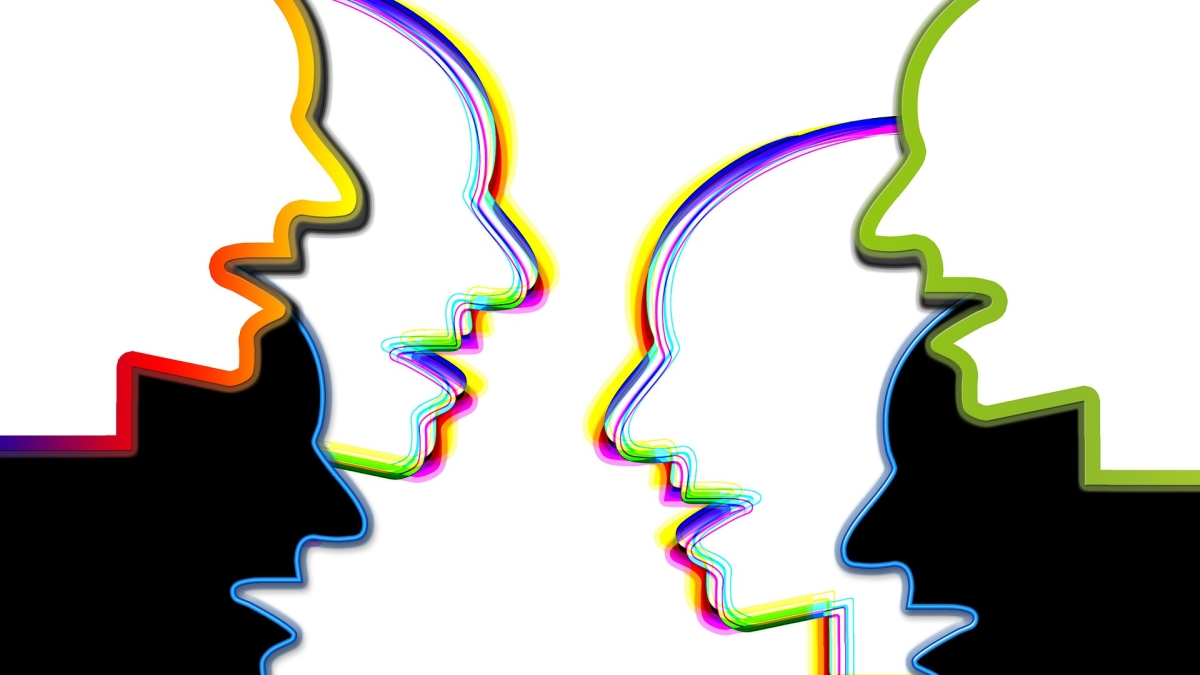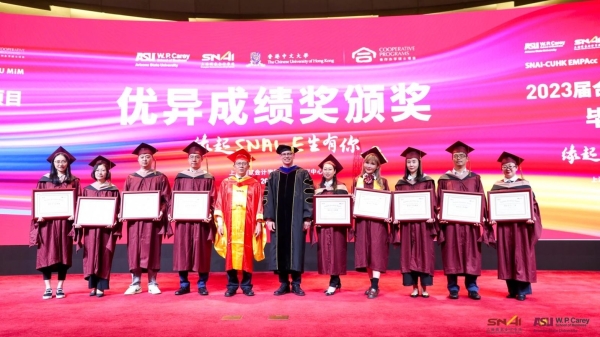One-on-one conversations a powerful marketing tool, ASU researcher finds

Some days it feels like everything happens in the world of social media, but an Arizona State University professor has new research on how face-to-face conversations affect our opinions about products and services. It turns out that many consumers are pretty positive.
“If we share opinions on a product or a service, it probably won’t shape our overall opinion after we have a conversation. But if we have conflicting opinions, we were curious about what happens. How do you weigh that?” said Adriana Samper, an associate professor of marketing in the W. P. Carey School of Business, who worked on the project with Daniel Brannon. Brannon received his MBA and PhD at ASU and is now an assistant professor of marketing at Northern Colorado University.
So they tested their theory across four studies measuring people’s views of a product or restaurant visit when they encounter the same or a differing opinion.
“The main finding was that you have this funny positivity effect,” Samper said.
“If I have a good experience and you have a bad experience, I don’t factor your opinion into my likelihood of being satisfied or visiting the restaurant again.
“But if I have a bad experience, and you’re like, 'Oh, I had a great experience,’ then I’m more likely to say, 'Oh, maybe mine was just a bad day.’ We adjust our opinions upward.”
The study, titled “Maybe I Just Got (Un)lucky: One-on-One Conversations and the Malleability of Negative and Positive Consumer Judgments in the Face of a Contrasting Experience,” is published in the Journal of Consumer Research.
The first study, done in the W. P. Carey Behavioral Research Lab, was complex.
“The study design had to make the interaction seem like a natural conversation between two acquaintances, but we still had to have everything controlled in the lab,” Samper said.
It worked this way: Study participants filled out a personal information sheet with a pen. Half of the pens were damaged, so they didn’t work.
Adriana Samper
After completing several studies in the lab, the participants were asked to give feedback on the lab equipment, including workstations, study materials and the pen.
Then, the participants thought they were proceeding to a new study about conversation styles. They interacted with a “confederate,” an actor posing as another participant.
“The premise was that they discussed being business majors, with the hope that they would develop a rapport,” Samper said.
As they were leaving, the confederate casually asked, “Did you have to rate the pen?” And then they discuss whether the pen worked. There were four conditions: Both had pens that worked, both had pens that didn’t work, the participant’s pen worked and the confederate’s pen didn’t and vice versa.
“What we found was that if they got the bad pen and the confederate said, ‘Mine worked fine,’ they would adjust their perceptions upward and be more likely to be satisfied with it and use the product again or make a purchase,” Samper said.
If the participant’s pen worked and the confederate’s didn’t, it didn’t change the evaluation.
Samper said they purposely chose an inexpensive item like the pen to prove that the effect was not limited to more expensive products such as smartphones or laptops.
The second study also was a “likeable stranger” study done in the lab, only regarding services such as dining. The third study was an online survey in which participants imagined conversations with their best friends about products and services.
The researchers also wanted to measure expectations, so in the fourth study they manipulated expectations by having the participants read an online restaurant review, then imagine going there and having either a good or bad experience and then discussing it with a friend.
Reading a good review first boosted the effect of discounting one’s own bad experience, they found.
“Because they had such positive expectations, when they had a bad experience and the acquaintance had a positive experience, we found a really big boost,” she said.
They were able to reverse the effect by having the participants read a bad review of the restaurant.
“If I expect the place to be bad, and then I have a good experience, and my friend had a bad experience, then I’m like ‘OK, maybe my experience wasn’t that good. Maybe I just got lucky.’ That’s where the title came from,” she said.
“We were able to show that it’s your expectations in combination with someone else’s experience that can shape whether you are more likely to try a product or service again.”
The marketing takeaway for companies is to not just focus on bad online reviews, but also to encourage good word-of-mouth reviews because interpersonal communication is persuasive.
“These conversations appear to be surprisingly common and powerful, as consumers in an increasingly homogenized retail landscape often use the same products and services, and share these experiences with one another,” the paper said.
Top image by Pixabay
More Business and entrepreneurship

ASU MBA ranked No. 1 in the US for entrepreneurship
In the Poets&Quants 2025 Best MBA Programs for Entrepreneurship ranking released today, the W. P. Carey School of Business at Arizona State University was named No. 1 in the U.S. and No. 2 in the…

New ASU certificate to address veteran underemployment
Veterans and military spouses bring a wealth of talent to the corporate world. Unfortunately, human resources and hiring managers without military backgrounds often struggle to understand…

ASU China Executive MBA ranked No. 7 in world by Financial Times
In the 2024 Financial Times rankings for Executive MBA (EMBA) programs, Arizona State University's W. P. Carey School of Business China Executive MBA program ranked No. 7 in the world, ahead of the…
